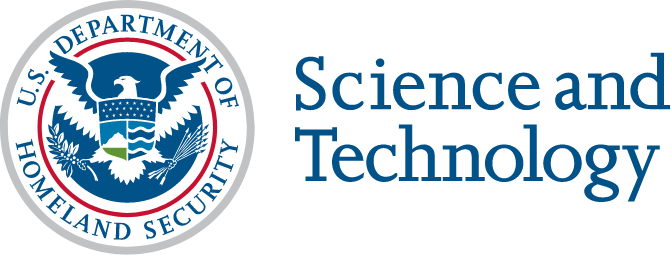Capabilities
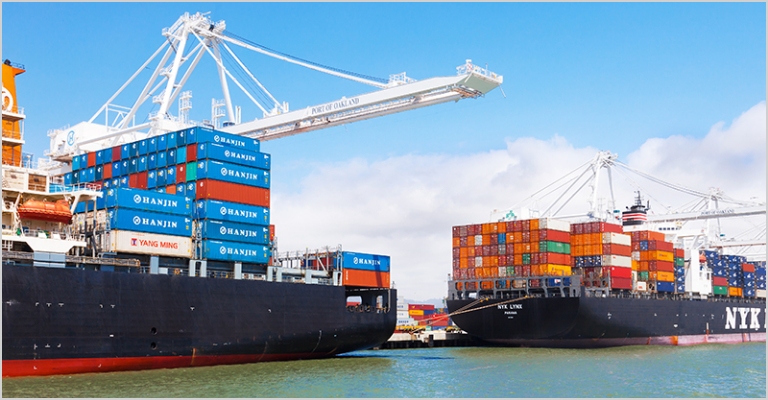
Modeling disruptions to the Marine Transportation System (MTS)
The Marine Transportation System (MTS) is a vital part of the nation’s supply chain. The vast majority of U.S. overseas trade is carried by the MTS and its operation plays a major role in the nation’s GDP and overall prosperity. An efficient MTS reduces congestion in ports, railways, and roadways, reduces costs to consumers and business owners, and promotes homeland and national security.

Evaluating trustworthiness of AI-enabled systems
The advancement of artificial intelligence (AI), including machine learning (ML) and increasingly autonomous systems, has resulted in a push for technical standards that can assess the trustworthiness of these technologies. Developing standards have the potential to drive the design and development of trustworthy systems, and to more cost-effectively evaluate AI-enabled systems during technology acquisition or regulation.

Improving effectiveness of procurement processes
Properly managed contractor/supplier management systems include a robust performance monitoring and improvement mechanism. The Department of Homeland Security (DHS) is beginning to invest artificial intelligence/machine learning (AIML) technology into the Contractor Performance Assessment Reporting System (CPARS).
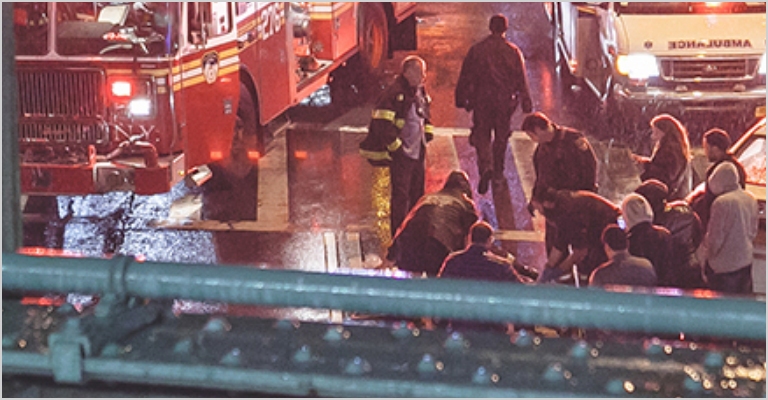
Optimization for disaster response including COVID-19
The risk of natural disasters and national emergencies drives the need for real-time decision-making to guide the allocation of critical resources and the design of resilient and effective supply chains to respond effectively to these events.

Predicting cross-border migration patterns
The challenge of securing the safe, orderly, and humane processing of migrants who arrive at our Southwest border is renderedincreasingly complicated due to the growing volume and substantial variations of this influx of migrants.

Validating risk models
Efforts for homeland security face constantly evolving adversary tactics, rapid technological advances and changes in the overall environment. The challenge of preparing for new tactics is a very real risk for homeland security.
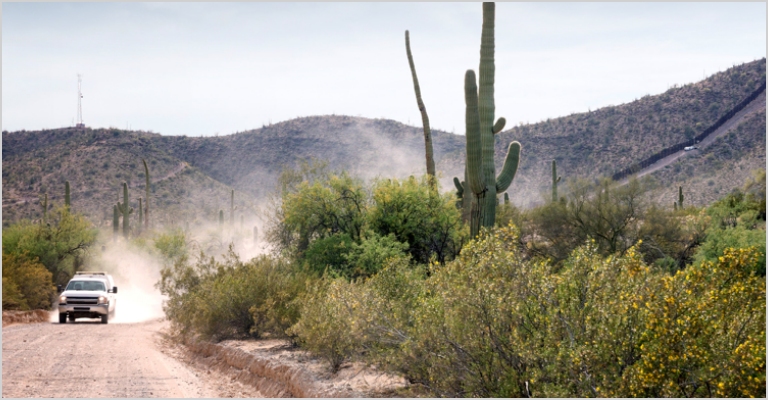
Improving detection of threats at border operations
Securing the border between Ports-of-Entry (POEs) uses a variety of both physical and virtual infrastructure to detect, deter and disrupt pathways. The U.S. government is making substantial investments in both types of infrastructure to improve their capacity to prevent illegal smuggling and trafficking.
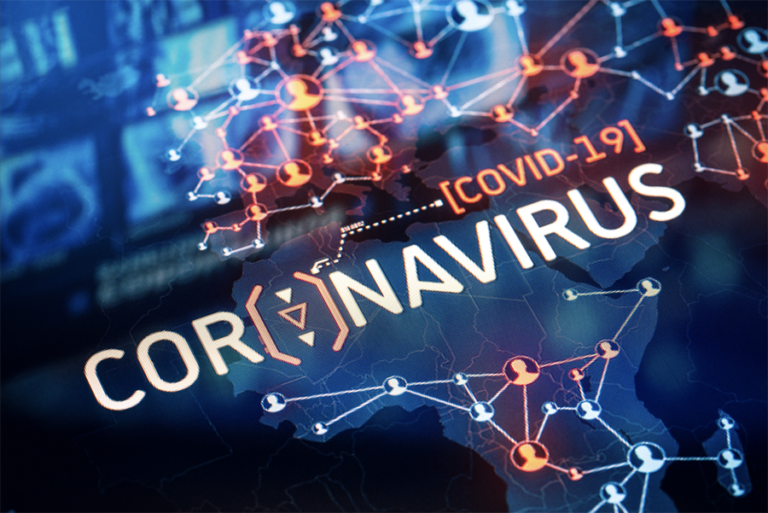
Identifying biological weapons threats post COVID-19
The COVID-19 pandemic has raised concerns on the state of biological warfare (BW) defense strategies. This includes identifying countries most likely to pursue the development of these BW capabilities, including the development of viable BW programs.
